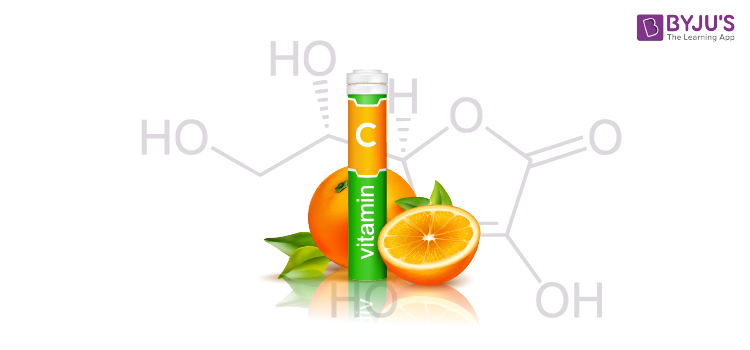Food, beyond being sustenance, is a masterpiece of chemistry, combining flavors, aromas, and textures to create culinary delights. The intricate science that underlies our favorite dishes is known as food chemistry. In this comprehensive guide, we will unravel the principles that govern the flavors, textures, and nutritional profiles of the foods we savor every day.
**1. The Chemistry of Flavor
a. Flavor Compounds: Chemical compounds like esters, aldehydes, and thiols contribute to the unique taste and aroma of foods.
b. Umami and Glutamates: Unraveling the science behind umami, the savory taste sensation, and the role of glutamate-rich ingredients.
**2. The Maillard Reaction: Browning for Flavor
This chemical reaction, occurring when heat is applied to foods, is responsible for the rich, complex flavors and golden hues of roasted, toasted, and grilled dishes.
**3. Food Preservation Techniques
a. Canning: The science behind heat processing and sealing to extend the shelf life of foods.
b. Fermentation: Beneficial microbes transform ingredients, enhancing flavor and preserving foods.
**4. Nutritional Composition of Foods
Understanding the chemical makeup of foods, including macronutrients (carbohydrates, proteins, and fats) and micronutrients (vitamins and minerals), is crucial for a balanced diet.
**5. Food Processing and Chemistry
a. Emulsification: The science of stabilizing mixtures of immiscible substances, like oil and water, creating creamy textures in foods like mayonnaise and dressings.
b. Gelation and Thickening: Chemistry plays a key role in transforming liquids into gels, contributing to textures in products like jams, jellies, and sauces.
**6. Culinary Chemistry Techniques
a. Sous Vide: Precise temperature control in a water bath allows for perfect cooking and flavor development.
b. Foaming and Aeration: Whipping and incorporating air into ingredients create light, airy textures in dishes like meringues and mousses.
**7. Food Additives and Chemistry
a. Preservatives: Chemical compounds like antioxidants and antimicrobials extend the shelf life of foods.
b. Flavor Enhancers: Compounds like monosodium glutamate (MSG) intensify the natural flavors of foods.
**8. Food Sensory Perception
The science behind how our senses of taste, smell, and texture interact to create our overall food experience.
**9. Allergies and Intolerances: A Chemical Perspective
Understanding the chemical components that trigger allergies and intolerances helps in formulating allergen-free foods.
**10. Genetically Modified Organisms (GMOs) and Food Chemistry
Examining the genetic alterations that enhance traits like pest resistance, nutritional content, and flavor in certain crops.
**11. The Impact of Cooking Techniques on Nutrition
How cooking methods influence the nutritional content of foods, including the breakdown of proteins, carbohydrates, and vitamins.
**12. Emerging Trends in Food Chemistry
From plant-based meat alternatives to functional foods fortified with specific nutrients, chemistry drives the innovations reshaping the danatoto food industry.
Conclusion: The Alchemy of Gastronomy
Food chemistry is the alchemy that transforms raw ingredients into the delectable dishes we relish. By understanding the chemical processes at play, we gain a deeper appreciation for the culinary arts and a greater awareness of the choices we make about what we eat. This fusion of science and gastronomy continues to drive culinary innovation, promising even more delectable experiences for our palates in the future.











